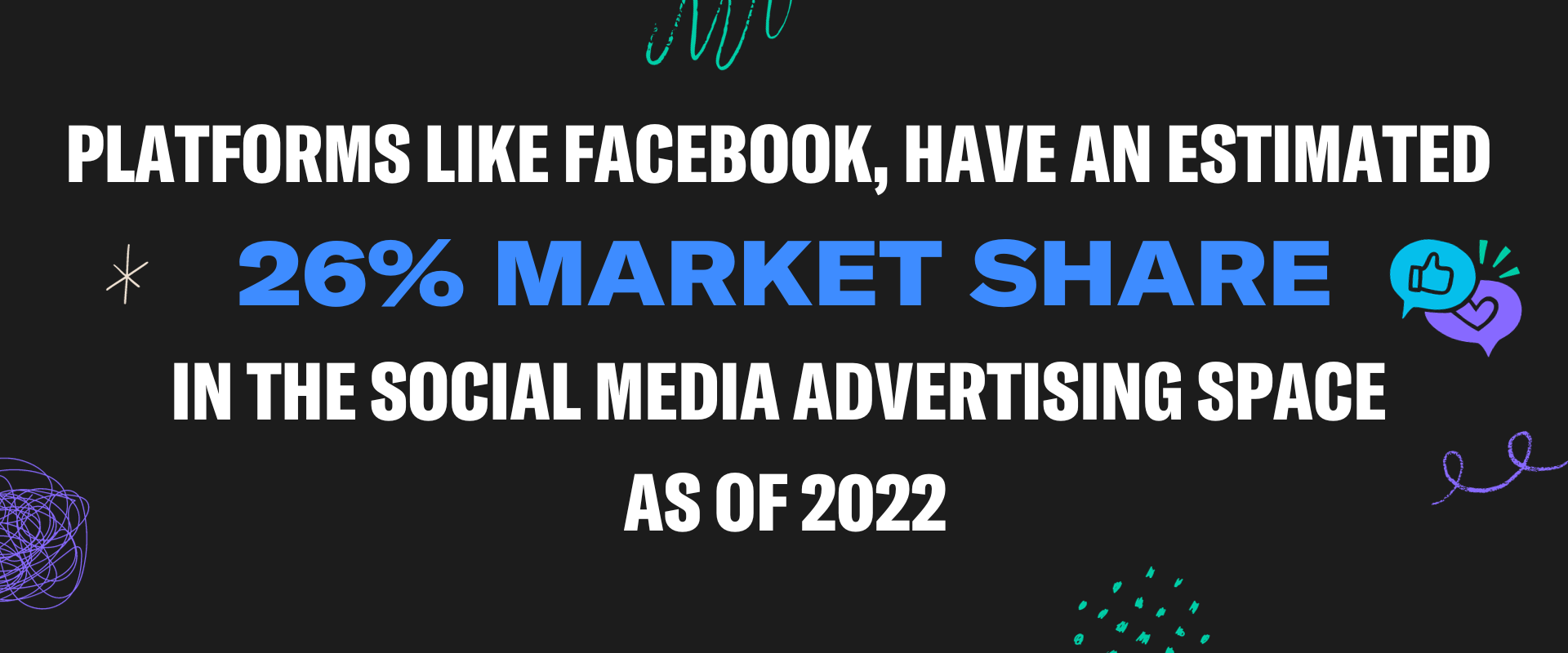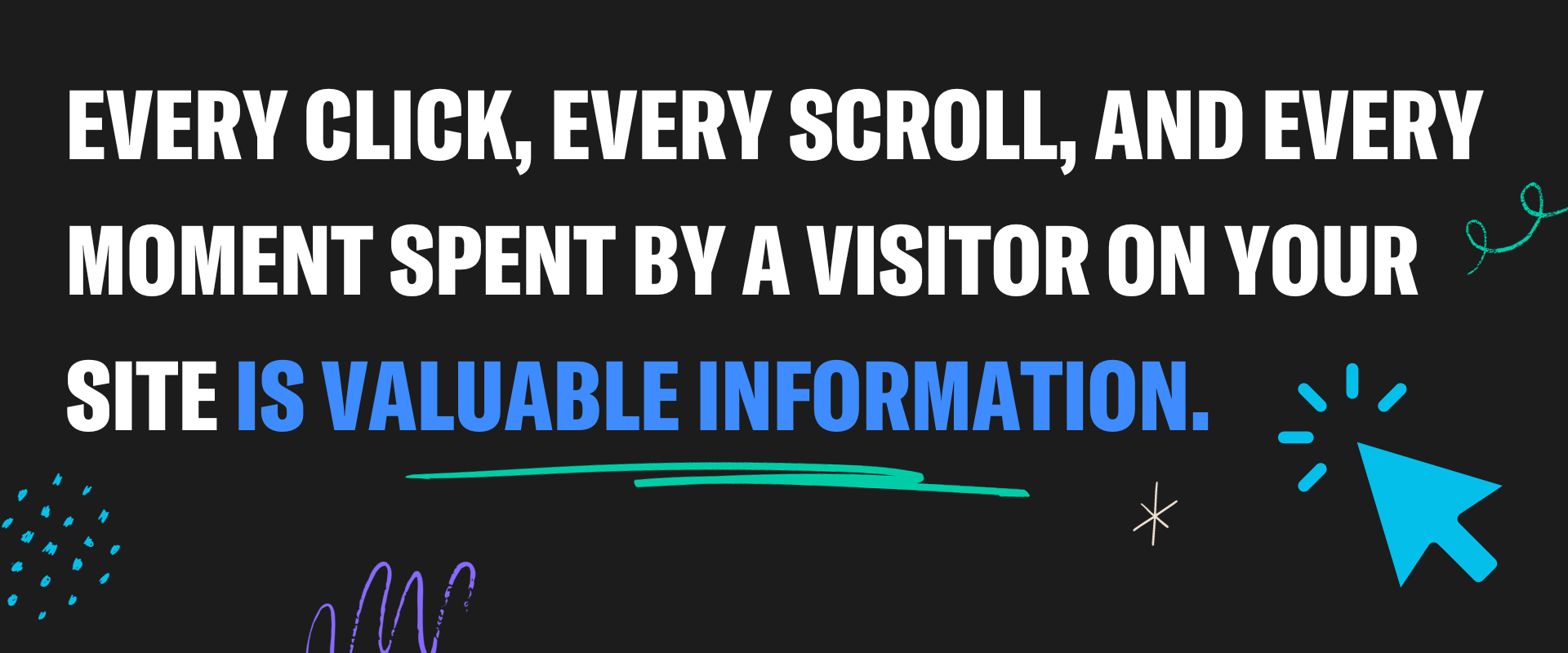Have you mastered the art of catching your target audience's eyes but find turning them into paying customers is more like herding cats? As Christmas approaches, bringing a flurry of deals and dizzying choices, retargeting becomes a subtle yet powerful tactic to nudge your visitors across the finish line, achieving impressive results in this peak time of the year. But ensuring you're doing it right is key, particularly when you consider the evolving landscape of social media advertising.
Ad spending in the Social Media Advertising market is projected to reach an impressive £8 billion in 2023 alone. This number is set to grow, albeit modestly, with a projected market volume of £8.1 billion by 2028. A significant portion of this investment is expected to be driven by mobile advertising, a trend that aligns with the growing number of social media users, which is anticipated to reach 65.7 million by 2028. Platforms like Facebook, commanding an estimated 26% market share in the Social Media Advertising space as of 2022, highlight the pivotal role social media plays in contemporary marketing strategies.

Retargeting on social media isn't just a strategy - it's an essential component of staying competitive and relevant in a market that is increasingly dominated by digital and mobile interactions. So, as we gear up for the biggest sales event of the year, it's crucial to harness the potential of social media advertising to transform interest into action and clicks into customers
Leverage the 180-Day Retargeting Window
When retargeting, we recommend that you cast the widest net you can, to capture the largest number of customers that your efforts would be relevant to. The 180-day window isn't just a random window; it represents a significant opportunity to re-engage with individuals who have previously interacted with your brand. These are potential customers who, in the last six months, might have filled their carts or browsed your products but haven't made it to checkout yet. By embracing this timeframe, you're inviting back your customers with strong intent to purchase, turning their initial curiosity into successful purchases.
So, why is the 180-day window worth your while?
Maximise Engagement As we said earlier, by reaching back as far as 180 days, you encompass the widest possible group of individuals who have shown an interest in your products or services. This extensive reach ensures that no potential lead is overlooked.
Building on Established Interest Customers in this retargeting pool are not new to your brand. They have a pre-existing awareness and interest, which can lead to higher conversion rates compared to targeting completely new customers.
Strategic Timing for Festive Sales The festive season is a period marked by increased consumer spending. By retargeting individuals who have already shown interest in your brand during this time, you increase the likelihood of converting their interest into a sale.
Tailored Marketing Efforts With data on past interactions, you can customise your ads to be highly relevant to each individual's interests and previous behaviour, enhancing the effectiveness of your campaigns. Again, you're not simply reaching out to new potential customers; you're reigniting the interest of those who are already familiar with your brand, encouraging them to take the final steps towards a purchase.
Utilising things like Meta AI can help you narrow down who is likely to make a purchase out of the pool of customers that have engaged in the last 180 days. All this being said we don't recommend the 180-day window for every product, but that is in quite rare cases. You know your product offering best, so if for some reason you think this window isn’t suitable for you, just tailor it for whatever works.
Deep Dive with Website Tracking
Every click, every scroll, and every moment spent by a visitor on your site is valuable information. These actions, from lingering on a specific product page to adding items to a cart only to abandon them later are insightful glimpses into the customer's interests and decision-making process.

Website tracking tools enable you to conduct a deep dive into this user behaviour. They provide detailed analytics that reveal patterns and trends. For example, you might discover that certain products are frequently added to carts but are not often purchased, indicating potential issues with pricing or product descriptions. Or, you might find that visitors spend a considerable amount of time on a particular page, suggesting high interest in that product or content.
Armed with this knowledge, you can develop retargeting strategies that are highly personalised and thus, more effective. Imagine a visitor who has spent time browsing a specific category of products but left without making a purchase. With retargeting, you can reach out to them with ads that feature those very products, reminding them of what they viewed and perhaps offering additional incentives like a limited-time discount or free shipping.
Tracking user behaviour on your website allows for the optimisation of the user experience. Insights gleaned from tracking can guide website design improvements, content updates, and product placement strategies, ensuring that your site not only attracts visitors but also engages and converts them.
Craft Compelling Ads To Engage And Persuade
The composition of your ads is a crucial factor in determining their success. Each element, from the title and text to the visual design plays a pivotal role in capturing the attention of your audience and communicating the value of your offerings.
Here’s our recommendations for making the most effective ads:
Harmonising Title, Text, and Visuals Your ad's title, text, and visuals should work together seamlessly to create a cohesive and compelling message. The title needs to be catchy and relevant, drawing the viewer in, while the text should succinctly convey the key benefits or unique selling propositions (USPs) of your product or service. The visuals, whether images or graphics, should be high-quality and relevant, enhancing the overall message.
Utilising A/B Testing Experimentation is key to understanding what resonates with your audience. A/B testing allows you to compare different versions of your ads to determine which elements – be it titles, descriptions, images, or call-to-action buttons – are most effective in driving engagement and conversions. This data-driven approach helps in fine-tuning your ad strategies for better performance.
Transparent Pricing and Discounts Particularly around sales events, transparent pricing becomes a significant factor in persuading customers. Displaying the original price with a strikethrough alongside the discounted price can create a sense of urgency and value. This clarity in pricing can be a decisive factor for customers who are comparing deals across different platforms.
Innovative Use of Titles and Descriptions Titles and descriptions should not just inform but also intrigue. Experiment with different titles to see which ones capture attention more effectively. Additionally, incorporating the sale price in the title or description can be a straightforward way to inform customers of the value they’re getting, making it easier for them to decide.
Adding Visual Flair Visual elements such as frames or thematic graphics can enhance the appeal of your ads. They help your ad stand out in a crowded digital space, especially during peak shopping seasons when customers are bombarded with advertisements.
.png?width=256&height=252&name=Screenshot%202023-11-15%20at%2011.16.46%20(1).png)
By focusing on these aspects, you can craft ads that not only grab attention but also convincingly convey the value of your products, encouraging potential customers to take action. Remember, in the digital marketing world, your ad is often the first impression customers have of your brand – make it count!
Keep Your Brand in the Spotlight
Retargeting is far from a 'set-it-and-forget-it' strategy; it requires constant optimisation, fine-tuning, and adaptation to stay effective. In the ever-changing landscape of consumer behaviour and market trends, keeping your ads fresh and relevant is key to maintaining a strong connection with your audience.
During significant shopping occasions like Christmas, consumer interests and behaviours can shift rapidly. What captures attention one week may become less effective the next. This fluid environment demands that your retargeting efforts are not static but evolve continually. Regularly updating your ads to reflect current trends, seasonal themes, and ongoing promotions helps keep your brand at the forefront of consumers' minds. It's all about timing.
An essential aspect of continuous retargeting is the analysis and use of data. Monitoring the performance of your ads, understanding which elements resonate with your audience, and identifying areas for improvement are all crucial. This data-driven approach allows you to refine your retargeting strategies, ensuring they are as effective and efficient as possible.
Varying the creative elements of your retargeting ads can prevent ad fatigue among your audience. Repetitive messaging or imagery can lead to disinterest or annoyance, undermining the effectiveness of your campaigns. Introducing new creative elements, be it fresh imagery, engaging copy, or innovative formats, can keep your audience engaged and receptive.
To wrap it all up
Retargeting, particularly in the context of holiday sales, is a powerful tool in your marketing arsenal. It's not just about re-engaging past visitors; it's about creating a cohesive, data-informed, and customer-centric strategy that turns browsing into buying. So, as you gear up for the end of Q4, remember: a well-executed retargeting campaign can be the difference between a good sales season and a great one.

November 28, 2023




